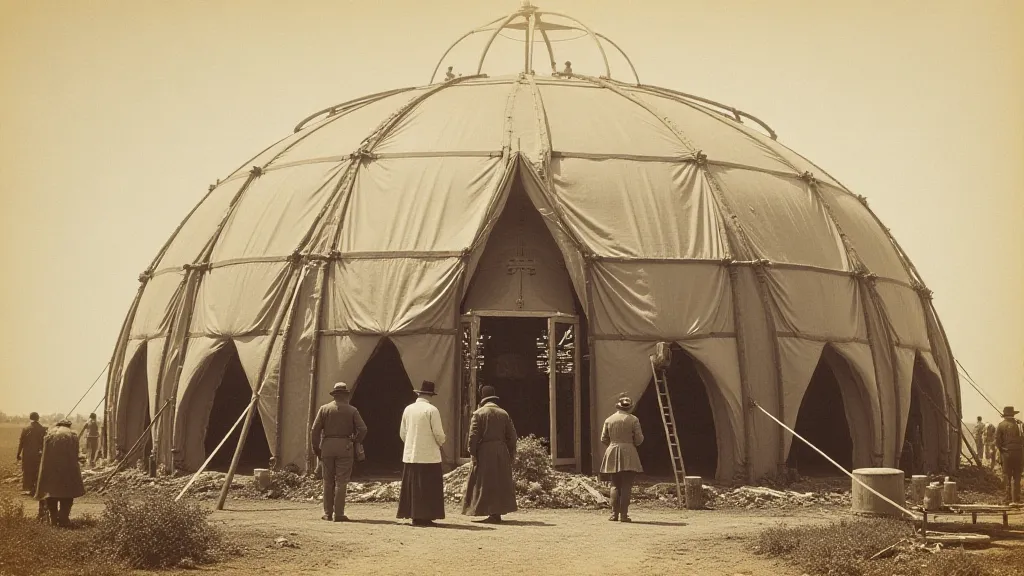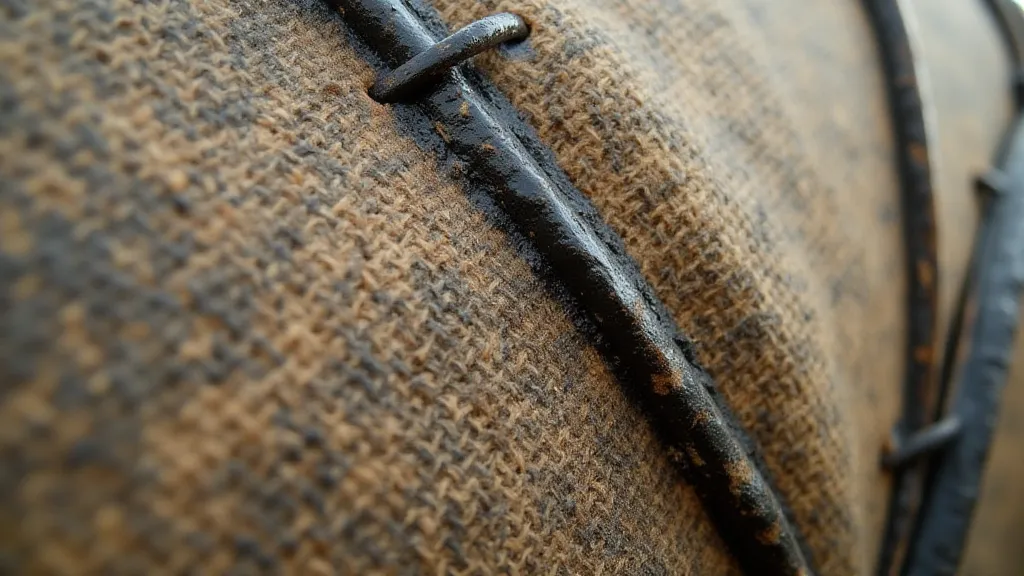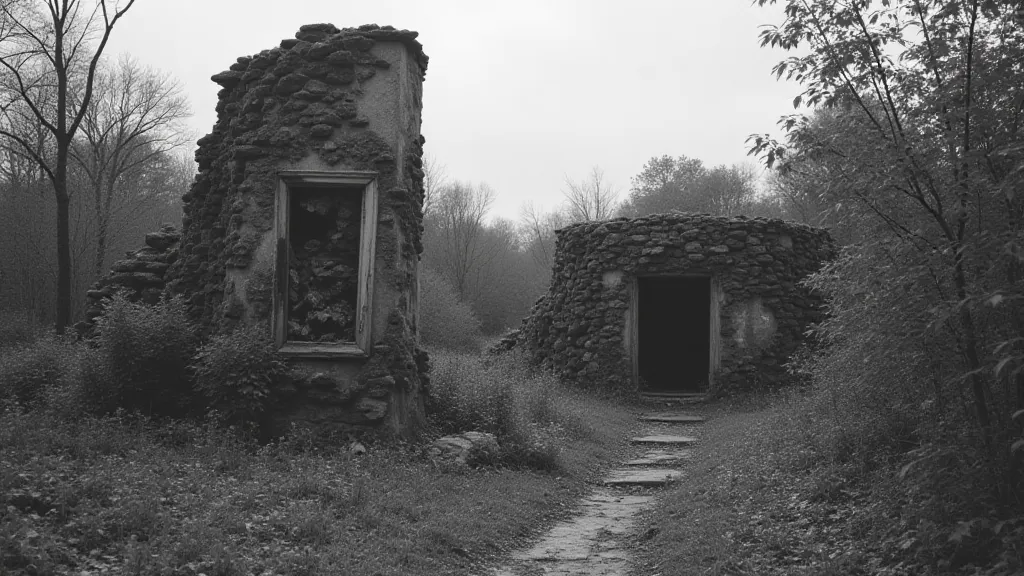Forgotten Skylines: The Rise and Fall of Pneumatic Architecture
There's a peculiar melancholy that settles over me when I think about pneumatic architecture. It’s a feeling akin to the bittersweet ache of encountering a perfectly preserved antique accordion – an instrument of incredible ingenuity and beauty, capable of breathtaking music, now largely silent, a poignant reminder of lost possibilities. Pneumatic structures, much like those accordions, represent a moment of audacious experimentation, a brief flirtation with a truly novel way of building, that ultimately succumbed to the weight of practicality and the relentless march of technological evolution. They were, in their time, visions of the future – lightweight, mobile, and seemingly limitless in their design potential. Today, they’re ghosts in the landscape, whispered about in architectural circles, and largely forgotten.
To understand pneumatic architecture, we need to travel back to the late 19th century, a period of feverish invention fuelled by the Industrial Revolution. The prevailing building materials—brick, stone, and timber—were heavy, inflexible, and often prone to structural weaknesses. The idea of using pressurized air, already employed in mining and other industries, to create buoyant, self-supporting structures, was revolutionary. The core concept was simple: inflated membranes, typically made of tightly woven fabric coated with materials like rubber or canvas, would resist external pressure and maintain their shape, creating a lightweight, rigid form.

The Pioneers and Their Visions
The most prominent figure associated with pneumatic architecture is undoubtedly Edwin Maxwell. A British engineer with a keen eye for innovation, Maxwell secured several patents in the 1890s detailing methods for constructing these air-supported structures. His designs weren’t just theoretical; he built several working examples, including a substantial market hall in Margate, England, which stood for nearly two decades. The Margate Pneumatic Structure, with its vast, airy interior, drew crowds and showcased the seemingly limitless potential of the technology. It was a spectacle – a giant, softly glowing bubble floating above the bustling seaside town. Other architects and engineers, like French inventor Fernand Jacquet, also explored pneumatic construction, envisioning everything from temporary military shelters to grand exhibition halls. The ambition surrounding these constructions required a level of planning and precise documentation, much like the evolution of architectural plans, ensuring their successful realization.
What's truly remarkable is the ambition of these early adopters. They weren’t simply looking for a cheaper way to build; they were reimagining the very nature of architecture. Pneumatic structures offered unprecedented flexibility in design – curves and organic forms, previously difficult or impossible to achieve with traditional methods, suddenly became attainable. Imagine the possibilities! Mobile pavilions, easily erected and dismantled for temporary events; enormous, airy greenhouses maximizing light and warmth; even, as some envisioned, entire buildings that could be inflated and transported like gigantic balloons. The aesthetic was novel too – a departure from the weighty solidity of conventional buildings, replaced by a sense of lightness, transparency, and almost ethereal beauty.
Craftsmanship and the Devil in the Details
The construction of pneumatic structures demanded a new level of craftsmanship. The fabric itself was crucial. It had to be incredibly strong, airtight, and resistant to the elements. Early manufacturers developed specialized looms and coatings, pushing the boundaries of textile technology. Then there was the process of inflation – a delicate dance of pressure and tension. The structures were typically inflated using powerful bellows or compressed air systems, requiring skilled operators to monitor and adjust the pressure to prevent collapse or over-expansion. The seams, meticulously stitched and sealed, were points of particular vulnerability, requiring exceptional skill and attention to detail.
My grandfather, a tailor by trade, used to tell stories about the 'balloon tents' that were occasionally commissioned for wealthy clients. These weren't mass-produced structures; they were bespoke creations, each tailored to the client’s specifications. He recalled the painstaking process of cutting and stitching the enormous fabric panels, the constant struggle against the material's tendency to warp and stretch. He admired the ingenuity of the engineers, but also recognized the immense skill required of the craftspeople involved. He often said, “It wasn’t just engineering; it was artistry.” The meticulous nature of this work echoes the dedication needed to capture the subtleties of light and shadow, as seen in the remarkable Byzantine mosaics of centuries past.

The Inevitable Decline
Despite the initial enthusiasm and the tangible successes of early pneumatic structures, the technology ultimately failed to gain widespread adoption. Several factors contributed to their decline. The first, and perhaps most significant, was the lack of durability. While initially impressive, the fabric membranes proved susceptible to degradation from sunlight, weathering, and punctures. Repairing these structures was difficult and expensive. A small tear could rapidly escalate into a catastrophic failure.
The materials themselves were also a limitation. Early fabrics were heavy, cumbersome, and difficult to handle. The coatings, while providing some protection, often cracked and peeled over time. Furthermore, the reliance on pressurized air presented ongoing operational challenges. Maintaining constant air pressure required a dedicated power source and a vigilant operator. Failures in the air supply could lead to rapid deflation and structural collapse. This made them impractical for long-term, permanent use.
The rise of reinforced concrete and steel-frame construction during the early 20th century also played a critical role. These new materials offered greater strength, durability, and design flexibility, quickly eclipsing the novelty of pneumatic architecture. They were simply a more reliable and cost-effective solution for most building projects. The shift towards these industrial materials also profoundly impacted urban landscapes, leaving a lasting mark often associated with a sense of loss and transformation, as beautifully documented in histories of factory landscapes.
Ghosts in the Landscape & a Legacy of Ingenuity
Today, only a handful of pneumatic structures survive, scattered across the globe, fragile reminders of a fleeting architectural experiment. Some, like the remnants of the Palais de Mechanique in Brussels, are preserved as historical curiosities. Others have simply succumbed to the ravages of time and neglect. The Margate Pneumatic Structure, once a symbol of British innovation, was dismantled in 1914, its fate a poignant illustration of the technology's ultimate demise.

However, the legacy of pneumatic architecture isn’t entirely lost. The principles of membrane construction continue to influence contemporary design, particularly in the development of inflatable structures and lightweight, temporary shelters. The spirit of innovation that drove Edwin Maxwell and his contemporaries – the willingness to challenge conventional building methods and to embrace new materials and technologies – remains a vital inspiration for architects and engineers today. It’s a reminder that even seemingly failed experiments can leave a lasting impact, broadening our understanding of what’s possible and paving the way for future breakthroughs. And when I think about those vanished skylines, those ghostly, air-filled dreams, I’m filled with a sense of wonder, and a deep appreciation for the audacious spirit of those who dared to build with air.
Beyond the architectural sphere, the innovative spirit that fueled the pneumatic era continues to inspire design thinking across various fields. Consider the boldness of these early engineers – a direct parallel to the design philosophies that underpin modern architectural expression. Their willingness to experiment and push boundaries, even in the face of potential failure, is a cornerstone of innovation. Furthermore, the challenges encountered in maintaining these structures—the constant battle against degradation and the need for specialized expertise—highlight the importance of considering long-term sustainability and resilience in any design endeavor. The very essence of their ambition and the lessons learned from their eventual decline serve as a powerful testament to the cyclical nature of innovation and the enduring human quest to shape the world around us with ingenuity and vision. The aesthetics of these structures, though ephemeral, continue to resonate, finding echoes in contemporary art and design – a testament to the power of vision and the enduring appeal of fleeting beauty.





